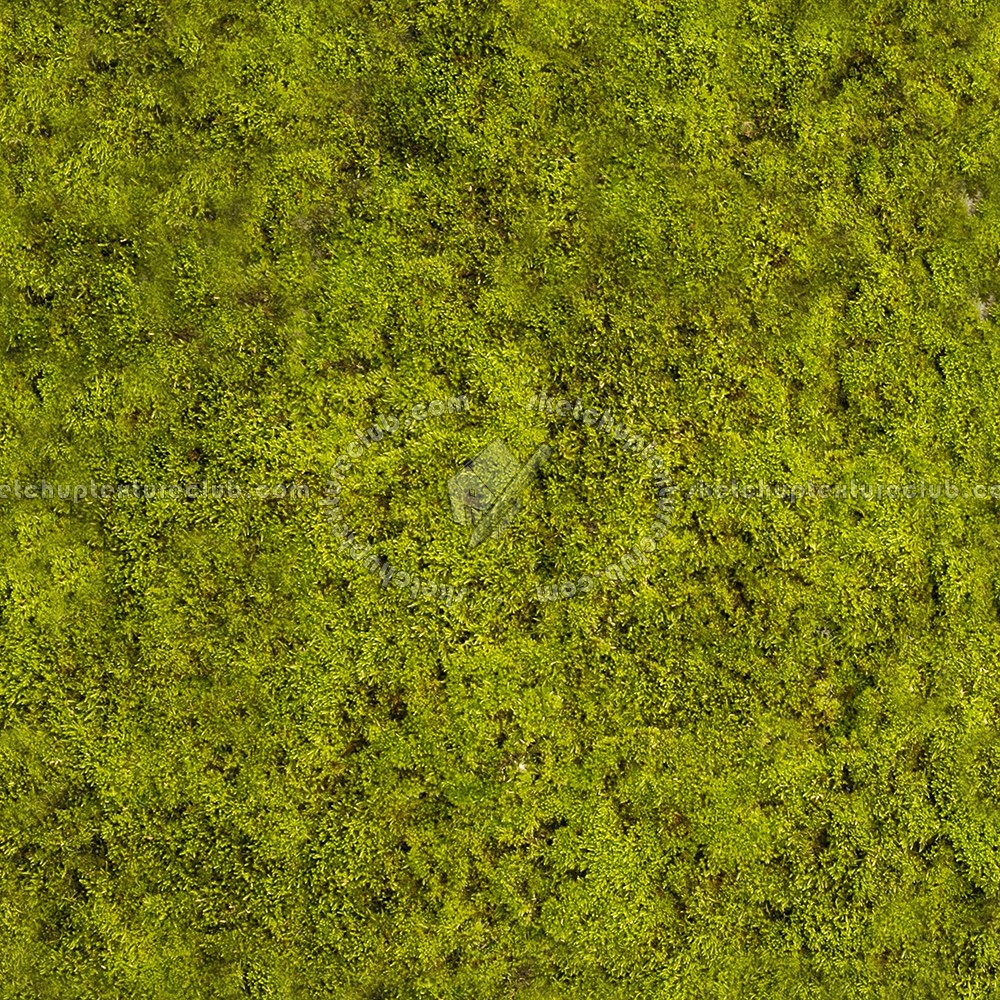

Look for the best location in starting your moss lawn. Step #1: Soil PreparationĬlear up the soil – How to grow moss lawn The first one you need to work on is the location. It only takes three steps to get started. Planting moss is almost the same as planting any type of grass, but it’s simpler. How To Grow Moss Lawn To Replace Your High-Maintenance Lawn? If your lawn has the qualities mentioned above, then gear up and start learning how to grow a moss lawn below. Acrocarpous on the other hand have a higher tendency to rot when exposed to constant moisture.

In some cases, they can even survive being submerged in puddles in the soil. Some like shade, partial shade, or even direct sunlight. The light preference of moss species depends on the variety. It still needs the sun for energy to develop branches and spread on surfaces. Moss is still a plant regardless of its difference from plants. Moss prefers a compact and smooth soil surface because it doesn’t have roots that need air and space to move underground. Tilling and aerating the soil is one of the laborious parts of maintaining a green lawn. The ideal soil pH level where moss can survive is 5.0 to 7.5 but the most ideal acidity is between 5.0 to 5.5. In reality, moss only prefers acidic soil but it is adaptable enough to also thrive in alkaline, dry, and lime-treated soil. There’s a common misconception about moss and acidic soil.

Its ideal growing environment and care are as follows: Acidic soil environment Since pleurocarps are the best option for moss lawns, discover the road ahead by learning more about their growing behavior. The female part or the spore-spreading part of this moss is on its branches that spread in a lateral direction across the soil or rock. It has branches that spread fast and cover a lawn or a pile of rocks within 6 to 7 months. Its growth habit is similar to carpet grass. Pleurocarp is the ideal type of moss for growing a moss lawn.


 0 kommentar(er)
0 kommentar(er)
